
A lot of people, usually other writers, e-mail me asking questions about my writing process. Love love love to talk process, we writers. I’m not sure where the fascination comes from. I wonder sometimes if it has something to do with all of us feeling insecure. Like deep down, we all feel like we have no idea WTF we are doing, and that other writers have their acts together better than we do. But when we talk to them and see that their processes are as weird and neurotic as ours, it makes us feel better.
Or I could just be projecting my own feelings on other writers to make myself feel less crazy. Who knows?
Anyway, this post is about my writing process. I’ve been thinking about it a lot lately as I map out my strategy for writing The Daylight War, attempting to apply what I’ve learned from writing my last two books. If you’re not a writer, this post will probably bore the crap out of you. Apologies in advance. Feel free to skip it.
If you are a writer, you may find this post interesting, but odds are it won’t help you with your own writing. Each of us accesses our creativity differently, and while I do believe that you can train yourself to access that creativity on command in some ways, the Dark Gift is different for each of us, as they say. Some writers are detailed outliners. Others just make everything up as they go along. It runs the full spectrum in between, and there are bestselling writers on both ends and at various points betwixt. It’s not for me to say which is better. I believe writing style is related at least partially to how our minds organize information, and that is based on the unique mix of biology and experience in each of us.
For myself, my outlining process has gotten increasingly OCD over the years, but therefore also much more precise. The first draft of The Warded Man was written very freely; I pretty much made it up as I went along. Arlen’s core journey in that book is essentially unchanged in the final version, but Rojer and Leesha did not have their own POV sections, and the events after all the characters came together went right off the rails. The ending of the book was lackluster and useless, and set up the story to move in a direction I didn’t want with the second book. It’s no wonder why no one wanted to represent that manuscript.
I knew that I had a good world and good characters, but by not planning ahead, I had written myself into a corner. I understood where things went wrong, but correcting the problem meant throwing out about 60% of he story. Literally YEARS of work. I had started the book in 1999, and this was almost 2006. Part of me wondered if it was worth the effort to try and fix it. I thought maybe it was time to stop throwing good money after bad, scrap the whole demon world thing, and do something new.
But for my love of the characters and their world, I decided to stick with it. I took an axe to the manuscript and hacked out huge chunks with a cold butcher’s heart. I hacked and hacked until only the bare skeleton of Arlen’s life journey remained. I then started an outline fresh from the beginning, writing fairly detailed bulleted notes in-between those remaining chunks of prose to list what I wanted to accomplish with each scene, why it was necessary, how it moved the story forward, etc. I broke those notes into chapters and threaded Rojer and Leesha’s tales in and around Arlen’s, finally bringing them together in a way that gave both a satisfying conclusion to each of their personal stories while leaving them in the place I wanted them to be when the next book picked up.
I called that detailed story skeleton my stepsheet. Not sure where I got that word. I think I heard my buddy Matt use it once, and it stuck with me.
Once the stepsheet was done, I broke out the first chapter as a separate MSWord file and synced it to my smartphone. Each day on my morning and evening 45 minute subway commute between Brooklyn and Times Square, I pecked away with my thumbs writing the prose. Thanks to the stepsheet, I could focus wholly on character interactions and emotions without having to worry that the plot would go awry.
Each night, I would sync that file back to my desktop computer, fix the numerous typos, and pick up where I left off with the prose. When I finished a chapter, I would paste it into the main file and then break out the next one in line, tweaking the notes as needed. I would do that until I felt burnt out and crawled into bed, usually at around 2am. Up again at 7:30, later, rinse repeat. I did that for about a year.
It wasn’t fun. I would much rather have spent that subway time been reading comic books, or fantasy novels, or watching movies on my iPod video. But I wanted to write a book, and if there’s one thing I can honestly say about myself, it’s that I can be damn stubborn when I set my mind on something.
When it came time to write The Desert Spear, I was even more detailed. I felt enormous pressure to create something that appealed to fans of the first book, but without just regurgitating the same formula, and to continue to challenge myself as a writer. Wanting to leave nothing to chance, I wrote a VERY tight stepsheet that listed every event great and small throughout the book, including the dynamics of character interaction, the emotions of the POV character and those around them, background information, and large chunks of dialogue. I did all that before I ever started on prose. That way, I never needed to worry about the big picture, and could just focus on my brushstrokes.
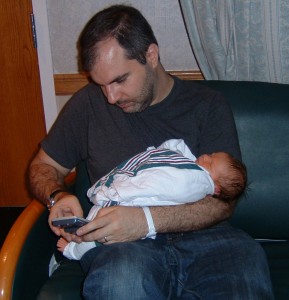 That detailed stepsheet was more tedious and took a lot of the fun out of writing. It was also slow, and ended up delaying completion of the manuscript for a few months beyond the estimates I originally gave my publishers, which is something that no one, especially me, wanted.
That detailed stepsheet was more tedious and took a lot of the fun out of writing. It was also slow, and ended up delaying completion of the manuscript for a few months beyond the estimates I originally gave my publishers, which is something that no one, especially me, wanted.
But I felt it was more important that the book be my best work than be completed quickly. For all the downsides, the stepsheet gave me the level of control I needed to tell a far more complex story than that of the first book. I honestly don’t think I could have pulled off otherwise. Especially since not long after the stepsheet was completed, my wife and I had our first child, and I wrote most of the prose with bleary eyes between the baby’s bi-hourly feedings or night terrors, sometimes with her sleeping in my arms.
There no doubt in my mind that I was able to achieve all my goals with The Desert Spear because of the stepsheet, and I really think TDS is my best work to date.
For TDW, which is in many ways even more complex than TDS, I’ve been even more careful with the stepsheet. I’ve spent the last six months stepsheeting. Pondering worldbuilding questions. Adding new levels to the magic system. Defining character traits. Working out individual character arcs and trying to thread them harmoniously into an overall story. Plotting fight choreography. Researching random things. Syncing up timing of events in distant places and calculating the relative speed of various forms of transportation. Etc.
But as of last night, it’s done. I have the full Daylight War stepsheet. It is 170 pages long, and it kicks some serious ass.
Stage I complete. On to Stage II: prose. I have no idea how long stage II will take, but at this moment, I feel really confident that the end result will be awesome.
You don’t even wanna hear about stage III: rewrites. That’s when it gets really intense…
Posted on February 18, 2010 at 3:04 am by PeatB
Filed under Craft, The Daylight War, Writing
25 Comments »
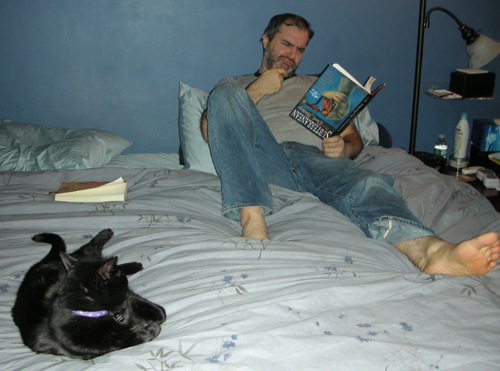

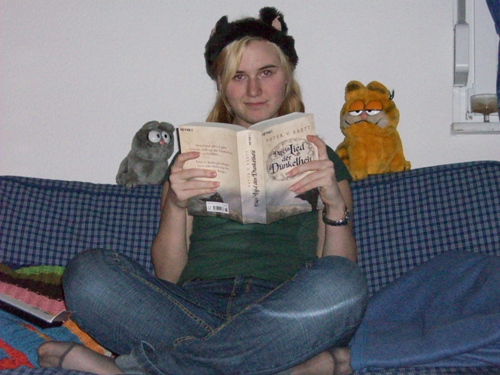
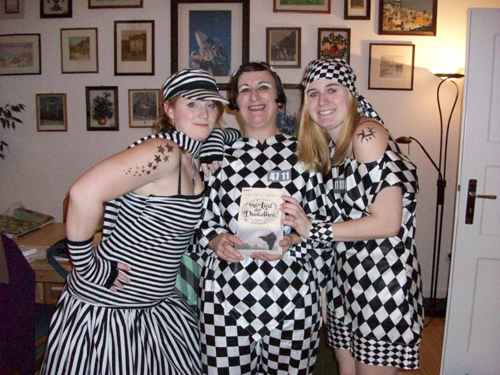

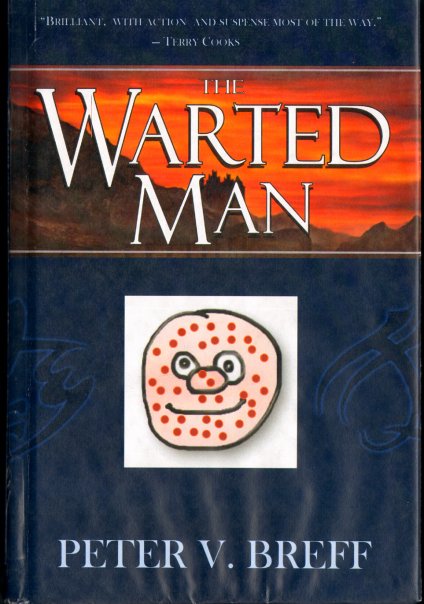

 That detailed stepsheet was more tedious and took a lot of the fun out of writing. It was also slow, and ended up delaying completion of the manuscript for a few months beyond the estimates I originally gave my publishers, which is something that no one, especially me, wanted.
That detailed stepsheet was more tedious and took a lot of the fun out of writing. It was also slow, and ended up delaying completion of the manuscript for a few months beyond the estimates I originally gave my publishers, which is something that no one, especially me, wanted.